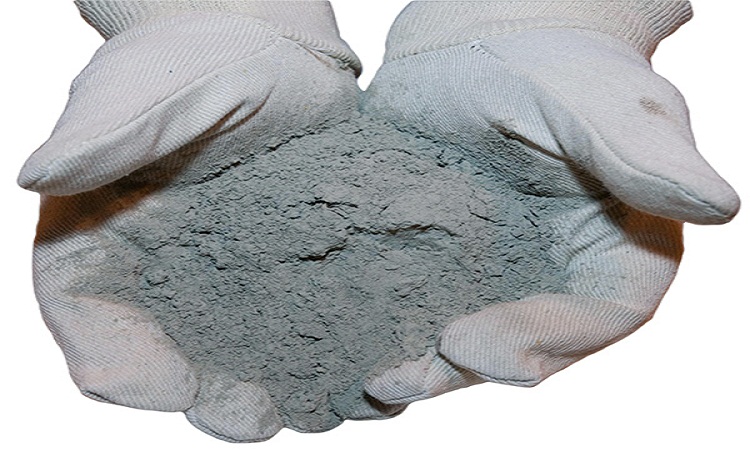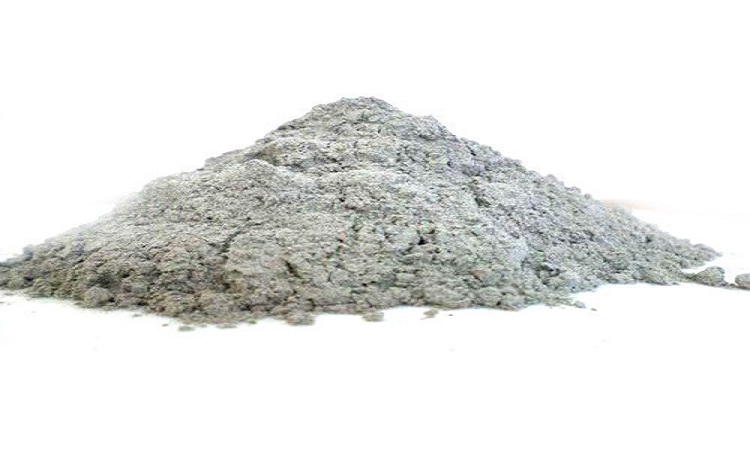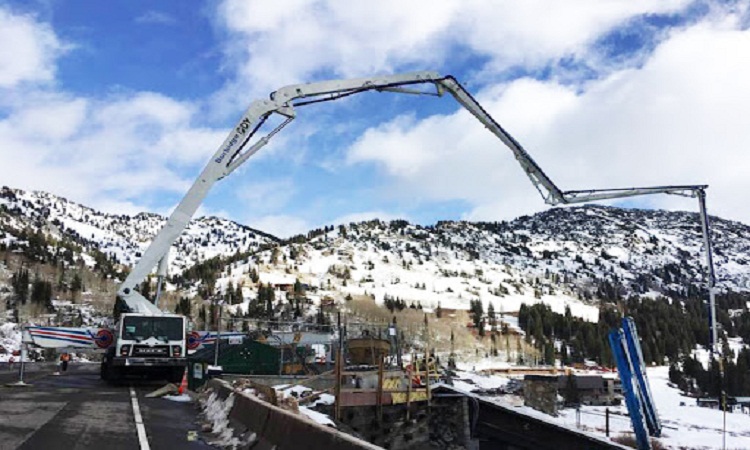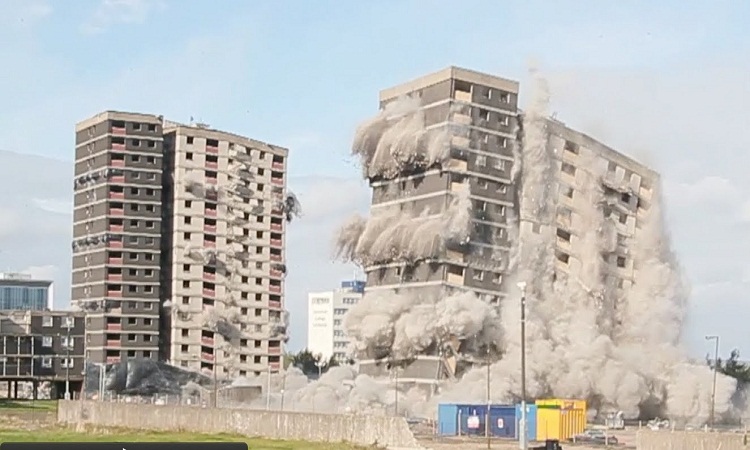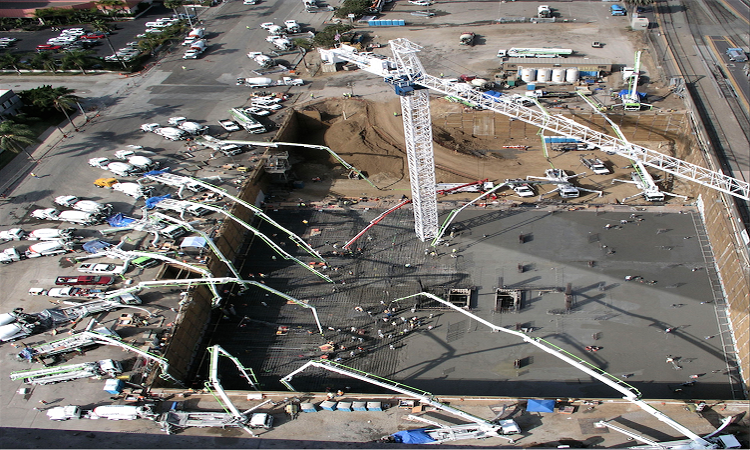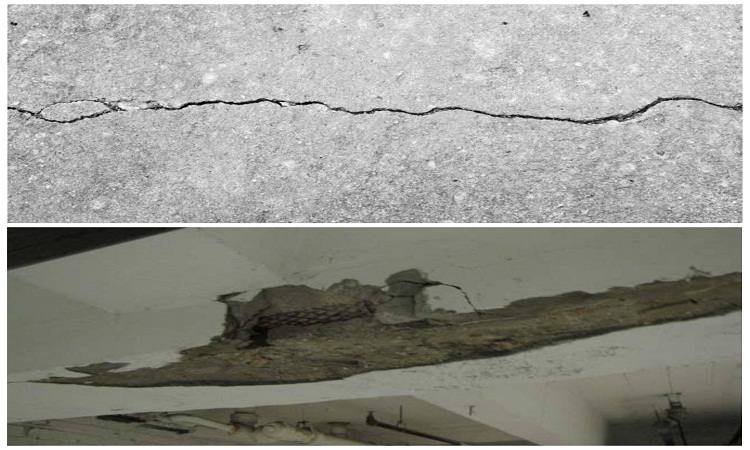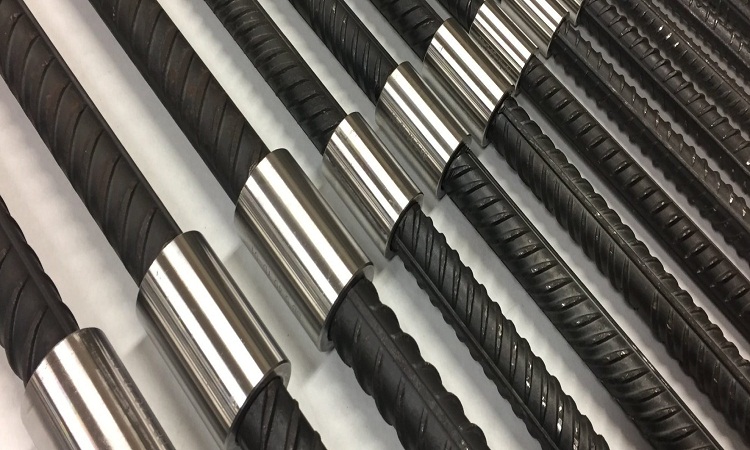What are the benefits and constraints of fly ash in concrete? Key benefits Reduced water demand…
What is Fly Ash? Physical and Chemical Properties of Fly Ash
What is Fly Ash? Fly ash, a byproduct from coal-based thermal power plants, is abundantly available…
Cold Weather Concrete – Objective, Principles, and General Provisions for Cold Weather Concreting
Cold weather is determined as a period when for greater than three consecutive days, the undermentioned…
What is Building Demolition? Different Building Demolition Techniques
What is Building Demolition? The building demolition technique means destruction, tearing down, breakup, removal of some…
Mass Concrete – Concrete Mix Parameter, Production, Transportation and Placement for Mass Concrete
Mass concrete or massive pours is defined as any volume of concrete with dimensions bigger enough…
What is Hot Weather Concreting? Preventive Measures in Hot Weather Concreting
What is Hot Weather Concreting? Hot weather concreting is described as one or a combination of…
Different Types of Cracks in Concrete
Cracks might be big or small, structural or non-structural. All of them can be a nuisance…
Transparent Concrete – Its History, Properties, Applications, Advantages, and Disadvantages
What is Transparent Concrete? Transparent concrete is hardened concrete that allows light to pass through it.…
What is Rebar Coupler? Its Types, Advantages, and Disadvantages
Rebar coupler or mechanical splices are utilized in reinforced concrete structures to replace normal rebar lap…
Why Does Concrete Needs Repair? Repair Components and Right Materials
Concrete repair is the procedure of fixing a hardened concrete surface that over time has lost…
